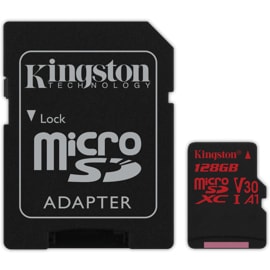UPDATE: I’ve since upgraded iOS to 18.3. After removing the device from Bluetooth and adding it back, the notifications worked again.
I seldom roll back patches. Especially security patches. I work in security. It’s essential to stay up-to-date with the latest security patches to protect our devices from potential threats. However, sometimes these patches can inadvertently introduce new issues, affecting the overall user experience. In this blog post, we’ll explore the reasons behind the decision to roll back the security patch 16.5.1 (c) on the iPhone, focusing on the specific issues it caused: the breakdown of Bluetooth texting with Microsoft Windows phone link and Tesla’s voice texting functionality.
The Importance of Security Patches:
Before we delve into the reasons for rolling back the security patch, let’s acknowledge the significance of timely updates. Security patches play a crucial role in safeguarding our devices against potential vulnerabilities, malware, and other cyber threats. They are essential for maintaining a secure and stable environment for users.
The Problematic Patch:
While patch 16.5.1 (c) aimed to improve the security of iPhones, it unintentionally disrupted certain functionalities, leading to frustration for many users. Two of the prominent issues experienced were the inability to use Microsoft Windows phone link for texting and a failure of voice texting in Tesla vehicles.
Bluetooth Texting with Microsoft Windows Phone Link:
Many iPhone users rely on Bluetooth connectivity to stay connected while on the move. The Microsoft Windows phone link provides seamless integration between iPhones and Windows PCs, allowing users to send and receive text messages directly from their computers. However, after applying security patch 16.5.1 (c), users noticed that this feature ceased to function as expected.
Rolling back the patch is essential to restore this valuable functionality, enabling users to stay productive and connected regardless of the device they are using.
Texting with Voice from Tesla Vehicles:
Voice-activated features have become increasingly popular in modern vehicles, enhancing convenience and safety while driving. Tesla’s voice texting functionality enabled iPhone users to send and receive texts hands-free, contributing to a safer driving experience. Unfortunately, after applying the security patch, this feature stopped working in Tesla vehicles.
With safety being a top priority, it’s crucial to resolve this issue promptly. By rolling back the patch, iPhone users can once again enjoy the convenience and safety of voice texting in their Tesla vehicles.
The Decision to Roll Back:
The decision to roll back the security patch was not taken lightly, considering the importance of maintaining a secure device. However, the issues faced by users with Bluetooth texting and voice texting in Tesla vehicles were significant enough to warrant action. The lack of these essential functionalities could hinder productivity, communication, and safety, potentially outweighing the security benefits of the patch.

Apple’s Commitment to Users:
As a tech giant, Apple is known for its dedication to providing a seamless user experience. In light of the reported issues, it is reasonable to expect that Apple will address the problems promptly and release a revised security patch that addresses the concerns without compromising on security.
Conclusion:
Staying on top of security updates is crucial in today’s digital landscape, but sometimes unforeseen issues can arise. The decision to roll back the security patch 16.5.1 (c) on the iPhone, which caused Bluetooth texting problems with Microsoft Windows phone link and disabled Tesla’s voice texting functionality, aims to prioritize user convenience and safety. Apple’s commitment to its users should lead to a swift resolution of the problems faced, ensuring a harmonious balance between security and seamless connectivity in future updates.















